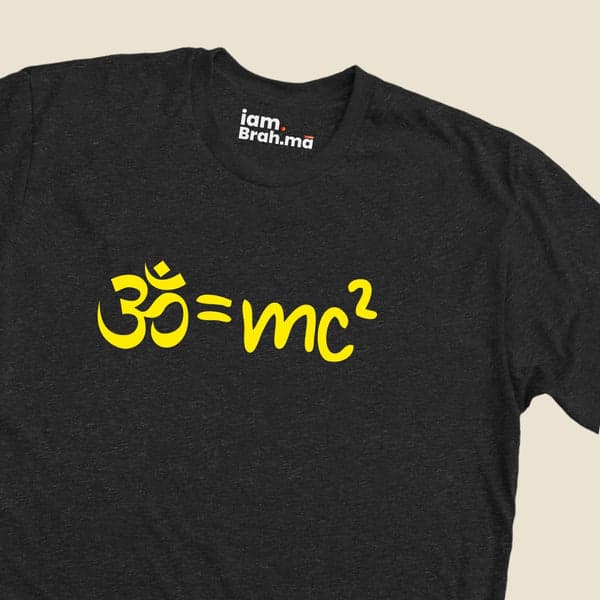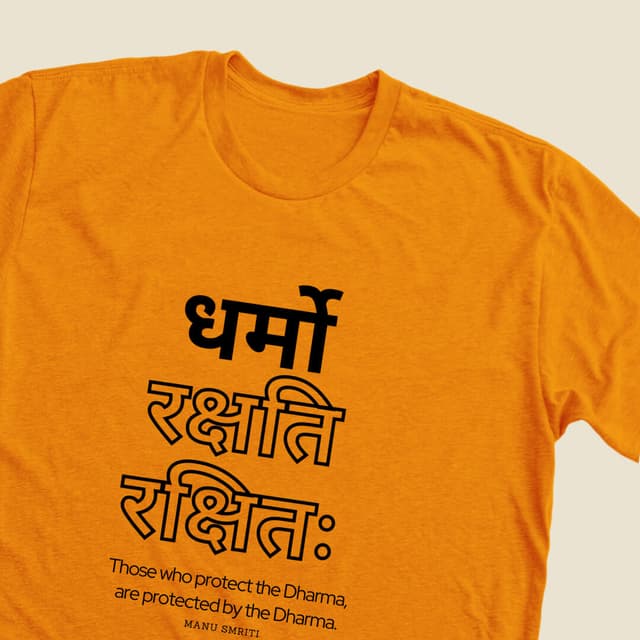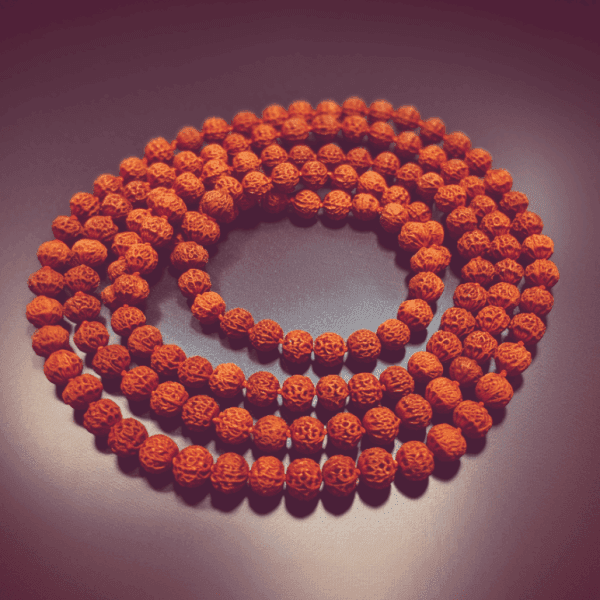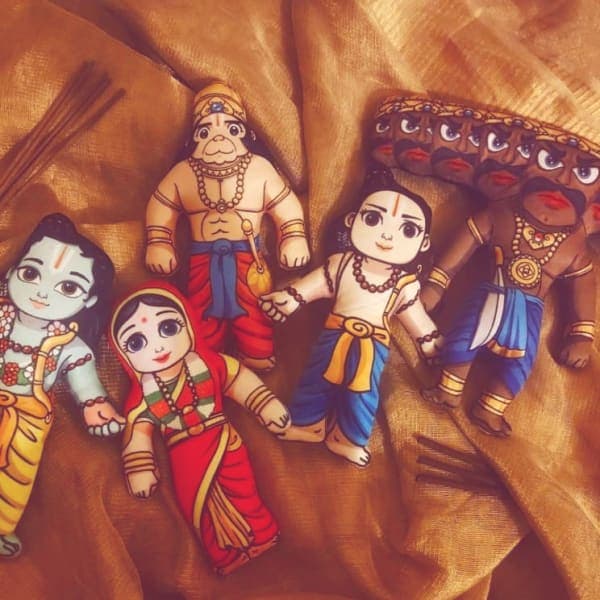Manikarnika Devi Temple
Varanasi, Uttar Pradesh
0
The Manikarnika Ghat, like all the other ghats in Varanasi, is surrounded by a fascinating mythical story that also explains how it got its name.
Timings of temple
06.00AM to 11.30AM and 04.30PM to 9.30PM
Architecture Style
Hindu Temple architecture
...




